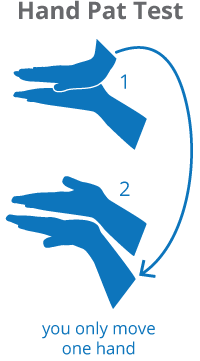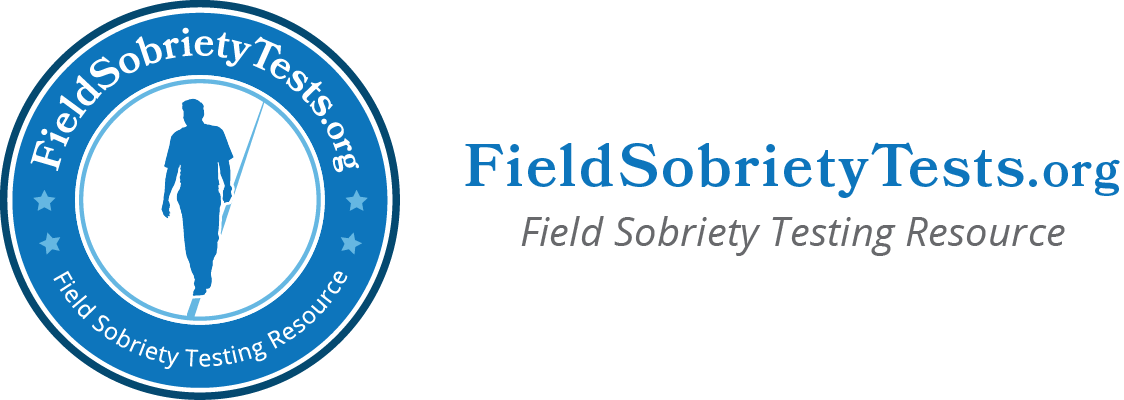Hand Pat Test
There are a number of functions that are critical to your ability to drive a motor vehicle. These include vision, reaction time, motor coordination, information processing and decision making. To determine if any of these areas are lacking due to alcohol or other intoxicating substances, a police officer may administer a field sobriety test—such as the hand pat test—during the course of a traffic stop before making an arrest for DUI.
Hand Pat Test Procedure
To perform the hand pat test, you will be asked to extend one arm out, with the palm facing up and out. Your other hand will be placed on top, with the palm facing down. Next, you will rotate your top hand 180 degrees to pat the bottom hand with the back of your hand and count "one" before rotating it again so your top palm touches the bottom palm while you count "two." The officer will ask you to keep counting until asked to stop.
While you are performing this action, the police officer will look for a number of signs that may indicate intoxication. These include problems following directions, starting too soon, failing to count as instructed and failing to pat your hands correctly.
Problems with the Hand Pat Test
The hand pat test is not one of the field sobriety tests approved by the National Highway Traffic Safety Administration (NHTSA). As such, there are no standardized guidelines officers must adhere to when administering the test, which means that what constitutes a failing score could vary from one officer to the next.
In addition, there are a number of factors that could cause poor performance on the hand pat test. These include coordination problems (whether related to injuries, arthritis or medication), incorrect instructions on the part of the officer and outside distractions.

